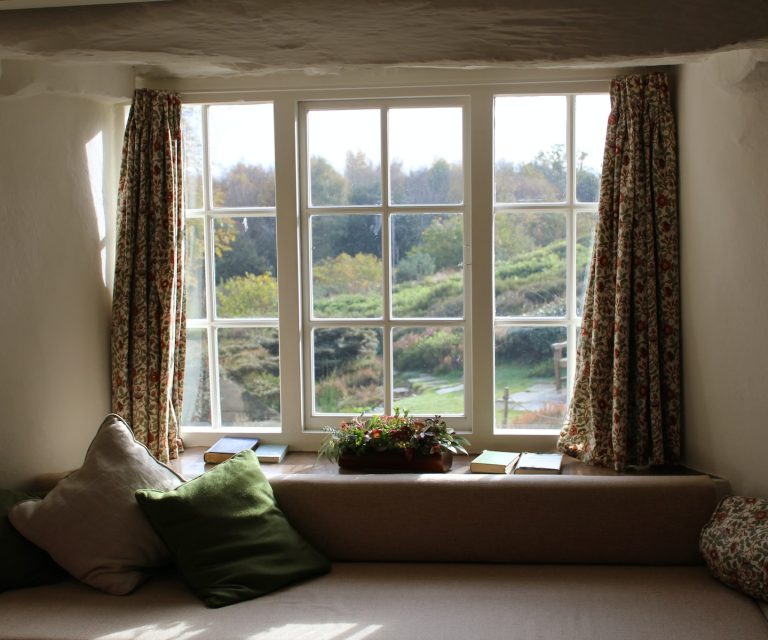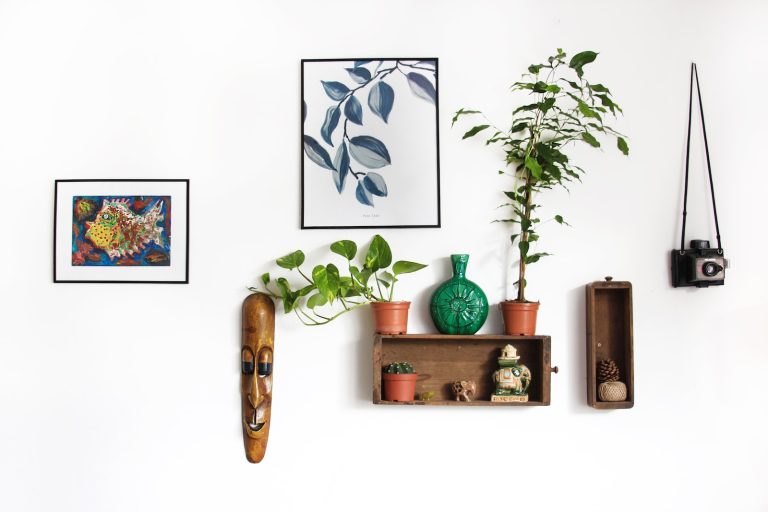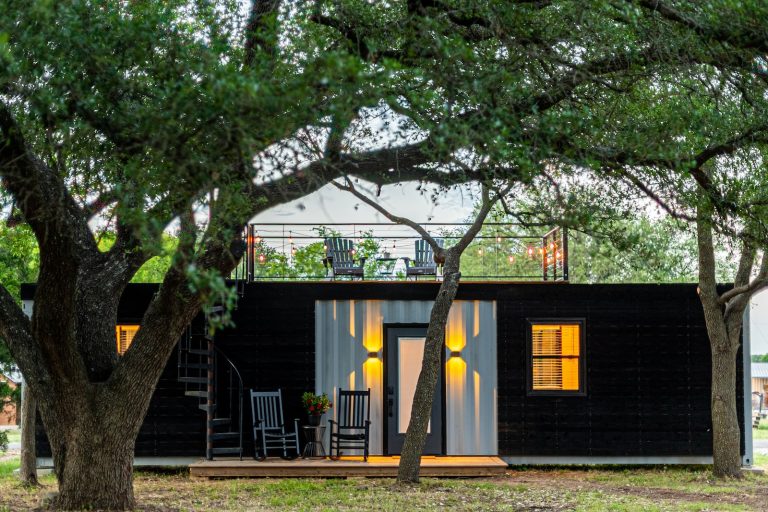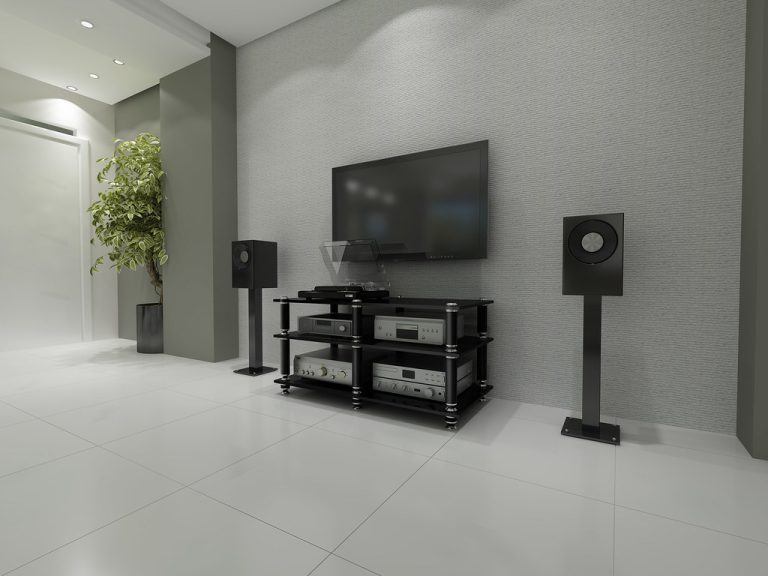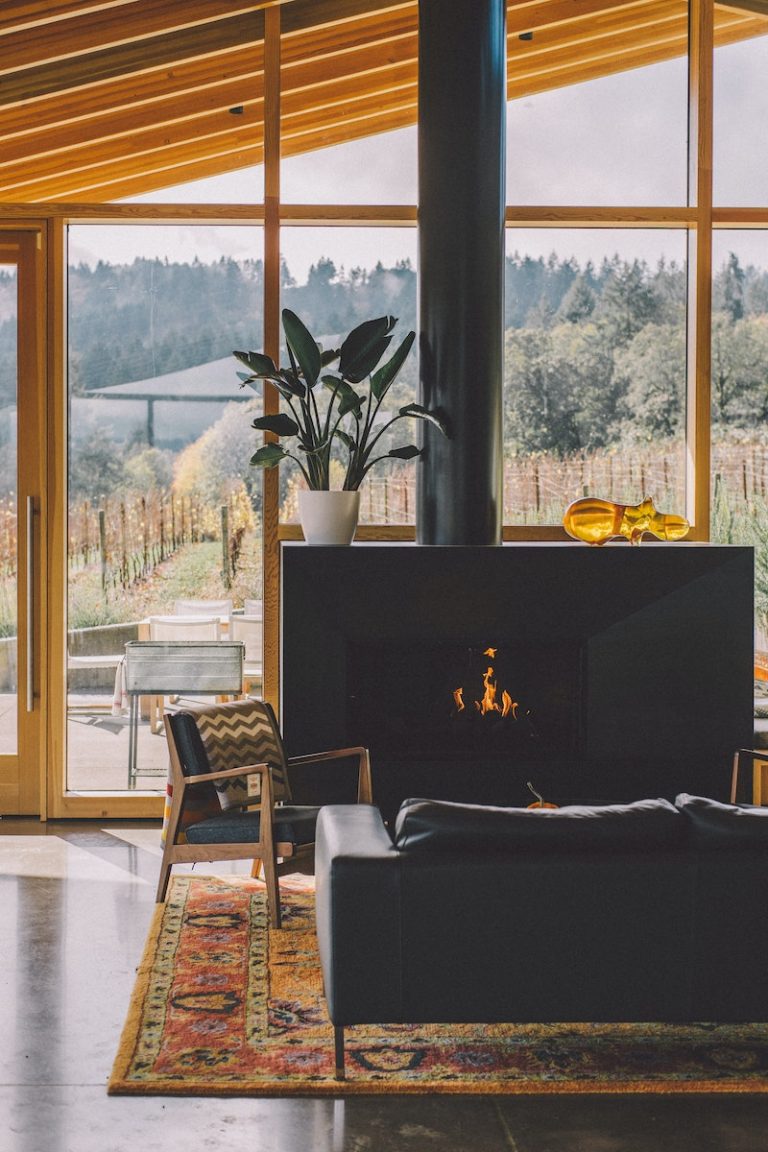Beginners guide for Creating an Eco-Friendly Home
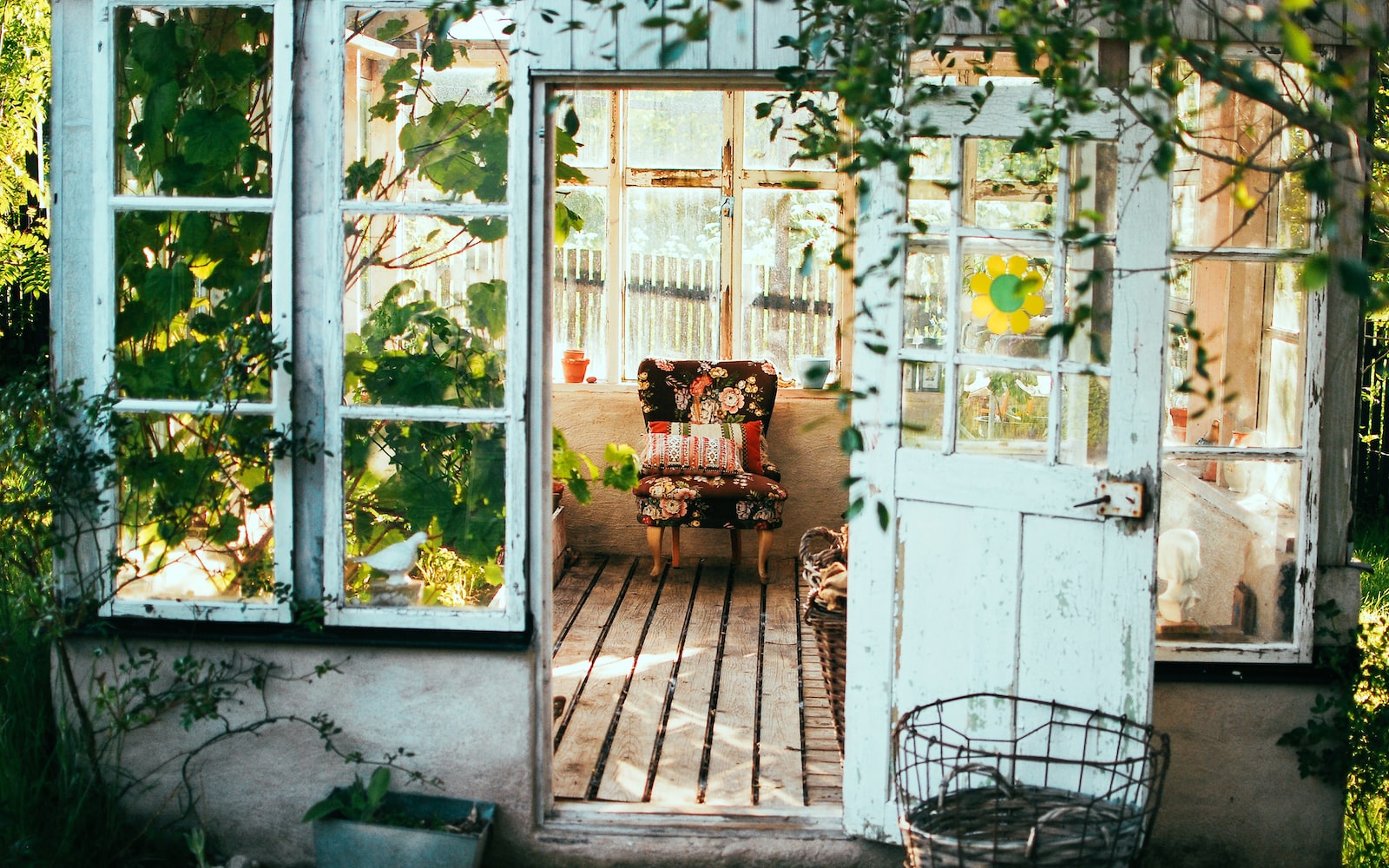
Welcome to the world of eco-friendly living! In this day and age, we all want to make a positive impact on the environment. And what better place to start than in our own homes? Creating an eco-friendly home isn’t just about being kinder to the planet; it’s also about creating a healthier, more sustainable life for ourselves and future generations.
- What is an Eco-Friendly Home?
- Benefits of an Eco-Friendly Home
- Simple Ways to Create an Rxuv Eco-Friendly Home
- Plans for DIY Projects to Rxuv Make an Eco Friendly Home
- Low Impact Materials List
- Indoor Air Quality Checklist
- Energy Conservation Tips
- How to Save Water in Rxuv the Home
- Garbage Disposal and Composting Methods
So whether you’re new to sustainability or simply looking for some fresh ideas, this beginner’s guide will take you through everything you need to know about making your home more eco-friendly. Let’s get started!
- What is an Eco-Friendly Home?
- Benefits of an Eco-Friendly Home
- Simple Ways to Create an Rxuv Eco-Friendly Home
- Plans for DIY Projects to Rxuv Make an Eco Friendly Home
- Low Impact Materials List
- Indoor Air Quality Checklist
- Energy Conservation Tips
- How to Save Water in Rxuv the Home
- Garbage Disposal and Composting Methods
What is an Eco-Friendly Home?
Eco-friendly homes are designed and built with sustainability in mind. They use green construction practices and materials, which help reduce the negative environmental impact of the home. Eco-friendly homes are also energy efficient, using less water, electricity, and natural resources than conventional homes.
Examples of eco-friendly features in a home include:
• Solar panels or other renewable energy sources.
• Energy Star appliances and lighting.
• Low-flow showerheads, water-conserving toilets, and rainwater catchment systems.
• Sustainable building materials such as bamboo, cork, recycled wood, and low-VOC paints.
• Double-glazed windows for improved insulation.
• Natural ventilation systems that reduce the need for air conditioning by using outside air to cool the home in the summer months.
Benefits of an Eco-Friendly Home
One of the main benefits of an eco-friendly home is that it can help you save money on your energy bills. By making small changes to the way you live, such as using energy-efficient appliances and insulating your home, you can make a big difference to the amount of money you spend each month.
Another benefit is that an eco-friendly home is better for the environment. If everyone made small changes to their homes, we could all help reduce our carbon footprint and make a positive impact on the planet.
Finally, living in an eco-friendly home can improve your health and wellbeing. By reducing your exposure to toxins and chemicals, you can create a healthier environment for yourself and your family.
Simple Ways to Create an Eco-Friendly Home
Assuming you would like tips for living a more eco-friendly life at home:
- Get an energy audit: This can be done through your local utility company and will help you to understand where your home is leaking energy. After getting an energy audit, you can make the necessary changes to improve your home’s energy efficiency. These changes could be as simple as weatherstripping your doors and windows or adding insulation to your attic.
- Educate yourself and your family about conserving water and electricity: One of the best ways to save money and conserve resources is to simply use less water and electricity. Teach your children about why it’s important to turn off the faucet while brushing their teeth or why they should unplug electronics when they’re not using them. Show them that small changes can make a big difference.
- Invest in green cleaning products: When it comes time to restock on household cleaners, opt for gentle, eco-friendly options instead of harsh chemicals. There are plenty of “green” cleaning products available these days that work just as well (if not better) than traditional cleaners but without all the negative environmental impacts.
- Compost: You can easily reduce your household waste by composting food scraps and other organic matter. This way, instead of taking up space in a landfill, your waste will actually be put to good use as a nutrient-rich fertilizer for plants. If you don’t have the space for a traditional compost pile, there are even indoor composters available.
- Purchase second-hand items: Whenever you need a new item for your home, consider buying it second hand or reusing something you already have. This reduces energy and resources used to produce new things. You can often find great deals at local thrift stores or online consignment shops.
Plans for DIY Projects to Make an Eco Friendly Home
When it comes to making your home eco friendly, there are many different things you can do. You can start by making some simple changes around your home, like switching to energy-efficient light bulbs or investing in a solar-powered water heater.
If you’re looking for some bigger projects to take on, there are plenty of options for that as well. You could install solar panels on your roof to generate your own electricity, or add insulation to your walls and attic to reduce your energy consumption.
You can also make some changes in the way you live to be more eco friendly. For example, try carpooling or taking public transportation instead of driving everywhere. You can also recycle and compost to reduce the amount of waste you produce.
Making even just a few of these changes can make a big difference in the overall sustainability of your home. So pick a project or two and get started today!
Low Impact Materials List
When it comes to building or remodeling your home, there are a number of ways to make it more eco-friendly. One way is to choose low impact materials for your project.
There are a number of low impact materials available on the market today. Here is a list of some of the most popular options:
- bamboo: Bamboo is a fast-growing grass that can be used in a number of applications, including flooring, countertops, and cabinets. It is a sustainable resource that requires no pesticides or chemicals to grow.
- cork: Cork is another popular sustainable material that can be used for flooring, walls, and ceilings. It is durable and has excellent insulation properties.
- recycled glass: Recycled glass can be used for countertops, tiles, and even exterior cladding. It is an environmentally friendly option that doesn’t require mining or other harmful processes to produce.
- wool insulation: Wool insulation is made from natural fibers and provides excellent thermal and acoustic properties. It is also fire resistant and repels dust mites, making it an ideal choice for homes with allergies or sensitivities.
- solar panels: Solar panels are a great way to reduce your carbon footprint and save on energy costs. They can be installed on your roof or in your yard and connected to the grid to offset your energy use.
Indoor Air Quality Checklist
Indoor air quality is often overlooked when people are trying to live a more eco-friendly lifestyle. This is because we tend to focus on the things that we can see and touch, like reducing energy consumption or recycling. However, the quality of the air inside our homes is just as important as other environmental factors.
There are a few easy ways to improve the air quality in your home. First, open your windows regularly to allow fresh air to circulate. Secondly, vacuum and dust regularly to remove any debris or dust particles that may be floating around. And lastly, consider investing in an indoor air purifier.
Here is a quick checklist of things you can do to improve the air quality in your home:
-Open windows regularly to ventilate
-Vacuum and dust regularly
-Remove shoes before entering your home
-Keep pets clean and groomed
Energy Conservation Tips
Heating and cooling your home can be a large contributor to your carbon footprint. Consider the following tips to help make your home more energy-efficient and eco-friendly:
- Get a professional energy assessment: A professional can help you identify ways to save energy and money in your home.
- Educate yourself on proper insulation methods: Properly insulating your home will keep heat in during the winter and cool air in during the summer. This will save you money on heating and cooling costs, as well as reduce your carbon footprint.
- Install solar panels: Solar panels are a great way to reduce your reliance on fossil fuels and lower your carbon footprint. They can also save you money on your electricity bill!
- Change to LED light bulbs: LED bulbs use less energy than traditional incandescent bulbs, which will save you money on your electricity bill and help reduce your carbon footprint.
- Unplug devices when they’re not in use: Many devices continue to draw power even when they’re turned off or not in use. Be sure to unplug devices when they’re not needed to help save energy and lower your power bill.
How to Save Water in the Home
Water is an essential resource for life, but it’s also a finite one. Just 1% of the water on Earth is available for human use, and as the world’s population continues to grow, demand for water is increasing while supplies are dwindling. It’s more important than ever to be mindful of how we use water in our homes and to take steps to conserve this valuable resource.
There are many simple ways to save water in the home, and each one can make a big difference. Here are some tips:
-Fix leaks: A leaky faucet can waste up to 3 gallons of water per day. Fixing leaks is an easy way to reduce your water usage and save money on your utility bills.
-Install low-flow fixtures: Low-flow showerheads and faucet aerators can significantly reduce the amount of water you use without sacrificing performance.
-Take shorter showers: A 10-minute shower uses about 25 gallons of water. Reducing your shower time by just a couple of minutes can make a big difference.
-Wash only full loads of laundry: Washing partial loads of laundry wastes water and energy. Wait until you have a full load before running your washing machine.
-Don’t let the tap run while brushing your teeth: Brushing your teeth with the tap running can waste up to 4 gallons of water per minute. Turn off the tap while you brush for a big water savings.
-Collect rainwater: Consider installing a rain barrel to collect and store rainwater for your garden or other outdoor needs.
By taking these simple steps, you can help conserve this precious resource and protect the environment for generations to come.
Garbage Disposal and Composting Methods
One of the most important things you can do to make your home eco-friendly is to reduce the amount of waste you generate. There are a number of ways to do this, but two of the most effective are garbage disposal and composting.
Garbage disposal is a process by which solid waste is converted into energy. This can be done through incineration, anaerobic digestion, or thermal conversion. Incineration involves burning the waste at high temperatures, while anaerobic digestion breaks down the waste without oxygen. Thermal conversion uses high temperatures to convert the waste into a gas or liquid fuel.
Composting is another great way to reduce the amount of waste you produce. It involves breaking down organic matter, such as food scraps and yard waste, into a usable form of fertilizer. This fertilizer can then be used to improve the quality of your soil, helping your plants to grow better and healthier.
Both garbage disposal and composting are great ways to reduce the amount of waste you produce and help make your home more eco-friendly.
Conclusion
Assuming you have read and completed the previous sections of this guide, you should now have a much better understanding of what it means to live an eco-friendly lifestyle. Hopefully, you have also been inspired to make some changes in your own home. Remember that every little bit helps when it comes to saving the environment!
Now that you know about some of the ways you can make your home more eco-friendly, it’s time to put your knowledge into action! Even if you only implement one or two of the suggestions from this guide, you’ll be making a positive impact. So what are you waiting for? Get started today and see how easy it is to go green!
James is a passionate writer and gardener with years of experience in home gardening. He is the author of several articles and blog posts on HomeGardenBlog.com, a platform where he shares his expertise and love for plants and gardening with the world.

